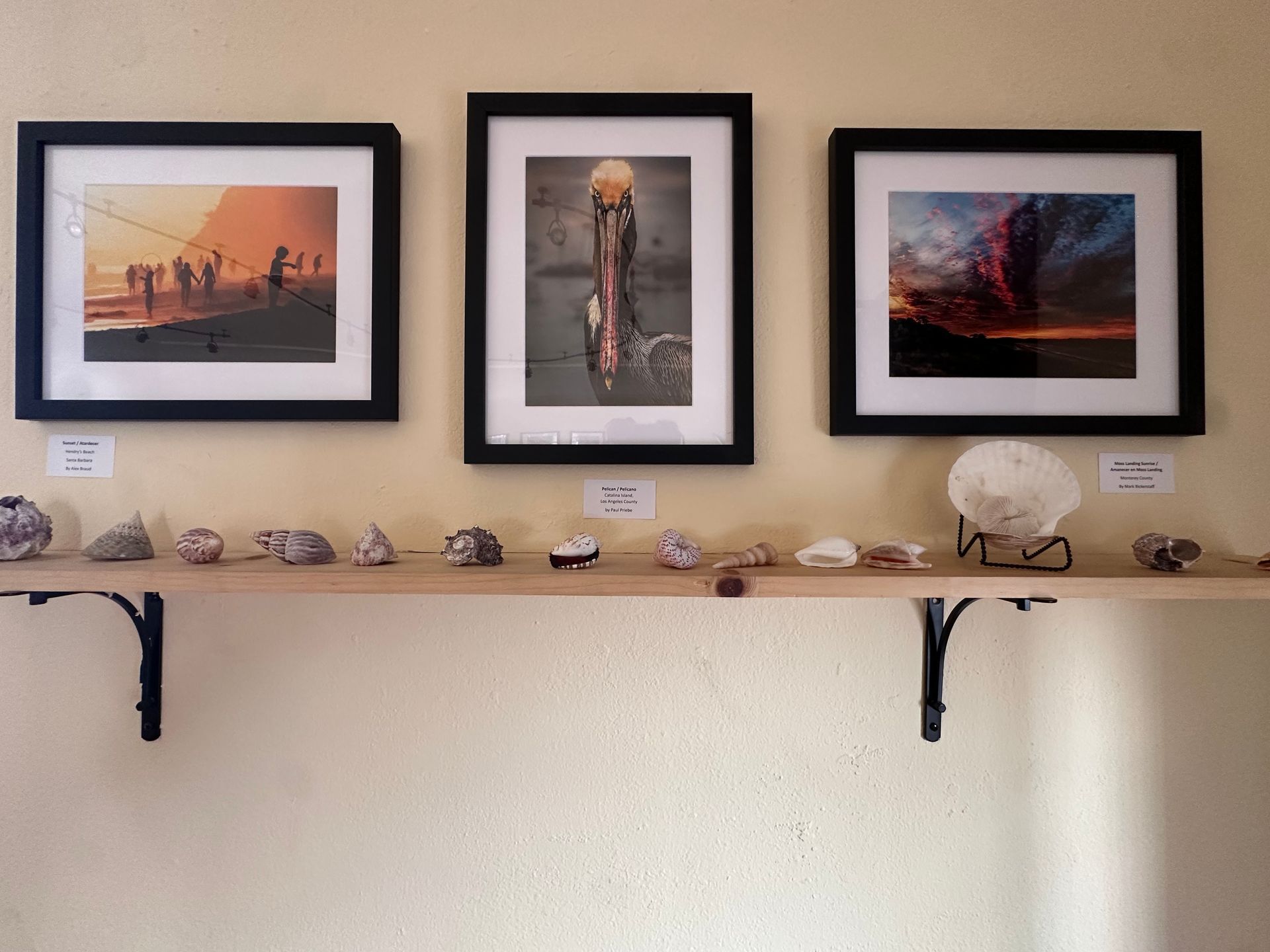California Costal Commission
Join Us for an Inspiring Art Exhibit!
Exhibit open until February 20, 2026
Tuesday- Friday 12 PM - 5 PM
Location: Sol Treasures Arts and Cultural Center
519 Broadway, King City, CA
This exhibit features a selection of prize-winning images from the California Ocean and Costal Amateur Photography Contest over the years. The annual contest is sponsored by the California Costal Commission, which was established by voter initiative in 1972 to provide long-term protection for California's 1,100-mile coastline. The Coastal Commission's Public Education Program provides opportunities for the public to learn about and connect with California's remarkable coast and ocean.
Our gallery has transformed into a celebration of one of California's natural wonders. The featured photographers offer.a glimpse into the unique ecosystems, dramatic landscapes, and everyday magic of our coastline. It's a beautiful reminder of why our coastal stewardship matters and how art can deepen our connection to the world around us.
We hope you'll visit and explore the special exhibition.

Timeline for Gallery Exhibit
Exhibit Viewing Period
Duration: November 10, 2025 - February 20, 2026
Details: The gallery exhibit remains open for a couple months, allowing the community ample time to visit. Families, friends, and art enthusiasts can explore the exhibit at their convenience, making it a part of their cultural experience. This period encourages multiple visits and broadens the reach of the exhibit within the community.
Docent Tours and School Field Trips
Date: Any day of the week during the displayed time of the exhibit.
Details: During the viewing period of
the exhibit, we host special docent-led tours for local schools. Our school liaison coordinates these field trips, providing students with educational insights into the exhibit. After the tour, students engage in an art project inspired by the exhibit, enhancing their learning and connection to the art on display.


